Proposal to reduce tax brackets and adjust tax rates
At the workshop “Personal Income Tax Law - Ensuring Fairness, Promoting Growth” organized by Lao Dong newspaper on the afternoon of March 14, Associate Professor, Dr. Phan Huu Nghi, Deputy Director of the Institute of Banking and Finance (National Economics University), commented that the current progressive tax schedule for calculating personal income tax includes 7 levels, with tax rates from 5% to 35%. However, the tax levels are designed too densely and the range between levels is too narrow, causing tax rates and tax payable to increase rapidly even when income only increases slightly.

This tax system makes it easy for middle-income earners to be pushed into high-tax brackets, creating great financial pressure and reducing labor motivation.
Mr. Nghi said that a reasonable reform option is to adjust the gap between tax brackets. Spacing the gap by a reasonable coefficient, for example a coefficient of 2, will help the tax system become more stable, increase openness, encourage income growth and avoid the situation where middle-income workers are still subject to unreasonably high tax rates.
In addition, the number of tax brackets can be reduced from 7 to 5, helping to simplify the tax calculation system while still ensuring reasonable revenue for the State budget.
He proposed to adjust the tax schedule as follows:
Level 1: Income from 0 - 10 million VND, tax rate 5%
Level 2: Income from 10 - 30 million VND, tax rate 10%
Level 3: Income from 30 - 70 million VND, tax rate 15%.
Level 4: Income from 70 - 150 million VND, tax rate 20%.
Level 5: Income over 150 million VND, tax rate 25%.
According to Mr. Nghi, this adjustment will help the tax system become fairer, reduce financial pressure on workers, while still ensuring budget revenue.
Mr. Nghi proposed that the maximum tax rate in Vietnam should stop at 25%, especially in the context of low average income and the economy still needs to accumulate and invest. Currently, corporate income tax (CIT) is at 20%, so a reasonable personal income tax rate will create more motivation for workers.
"Later, when average income reaches a higher level, we can consider increasing taxes," Mr. Nghi commented.
Sharing the same view, Ms. Nguyen Thi Cuc, President of the Vietnam Tax Consultants Association (VTCA), said that the current highest tax rate of up to 35% creates a huge financial burden for high-income earners. Therefore, she proposed to remove this tax rate and adjust the gap between tax brackets, in order to reduce tax pressure and ensure greater fairness among income groups.
It is necessary to determine what income level is actually considered high.
Associate Professor, Dr. Phan Huu Nghi emphasized that tax deduction is an important factor in the personal income tax (PIT) system because it directly affects the number of taxpayers as well as the amount of tax payable.
According to him, when determining taxable income, it is necessary to take into account essential expenses to generate income, including daily living expenses (travel, food, labor reproduction) and past expenses such as education and training. However, the current tax system does not fully reflect these factors, leading to unfair taxation for workers.
One of the major debates today is the family deduction level. Currently, this level is applied uniformly nationwide, regardless of the difference in living costs between provinces and cities. Mr. Nghi said that to build a reasonable tax policy, there needs to be specific data on the income spectrum of workers. According to estimates, the income group of 18-23 million VND/month (8,400-10,500 USD/year) currently accounts for the largest proportion of the workforce.
"When designing tax policies, it is necessary to determine what income level is truly considered high to start applying high tax rates. If this threshold is set unreasonably, it can lead to the middle-income group - which accounts for the majority - also being heavily taxed, causing great financial pressure."
Therefore, he proposed adjusting the high taxable income level to 20-25 million VND/month, to accurately reflect the income situation and avoid negative impacts on the middle class. At the same time, tax policy also needs to focus on effectively managing the super high income group to ensure fairness in the tax system.
In addition, the determination of the family deduction level should be based on factors such as the consumer price index (CPI) to reflect inflation, per capita income and minimum wage. If these indexes increase significantly, the family deduction level should also be adjusted accordingly, instead of remaining the same for a long time.
Associate Professor Dr. Le Xuan Truong, Head of the Tax Department (Academy of Finance), said that in the next 5 years, Vietnam will still be in the group of developing countries with average income, so it is necessary to accept a relatively high family deduction compared to GDP.
He proposed that the deduction for the taxpayer himself should be equivalent to about 1.5 times the GDP per capita. If compared with GDP at purchasing power parity (PPP), this level is only about 0.6 times, equivalent to countries with similar development levels. At the same time, he proposed to maintain the principle of deducting each dependent equal to 40% of the deduction for the taxpayer himself.
In addition, it is necessary to stipulate that the family deduction level is determined annually according to the principle of adjustment corresponding to the CPI index, and at the same time, the right to decide on this adjustment level is assigned to the Government to ensure that tax policy is consistent with the actual economic situation.



![[Photo] Thousands of Buddhists wait to worship Buddha's relics in Binh Chanh district](https://vstatic.vietnam.vn/vietnam/resource/IMAGE/2025/5/3/e25a3fc76a6b41a5ac5ddb93627f4a7a)





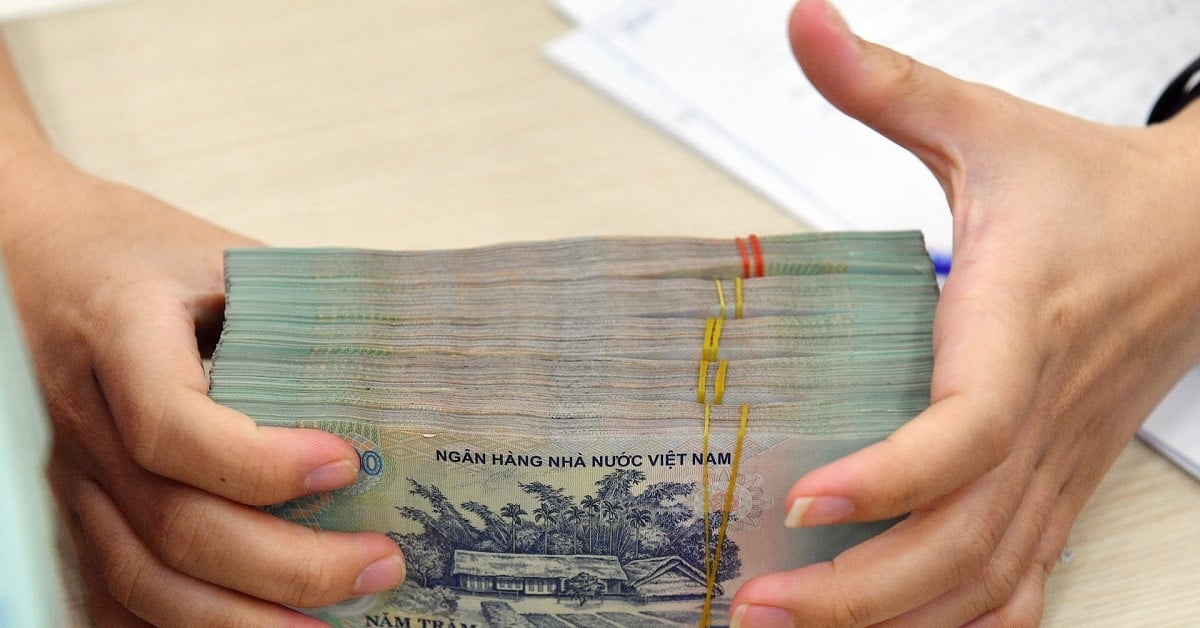
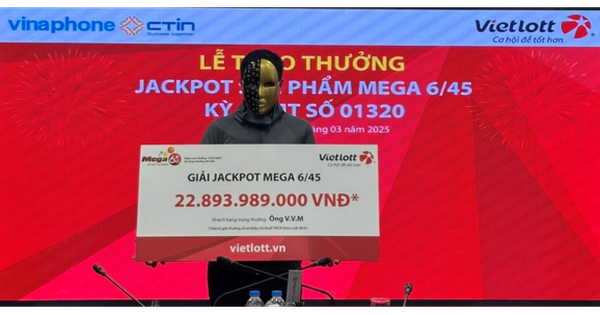

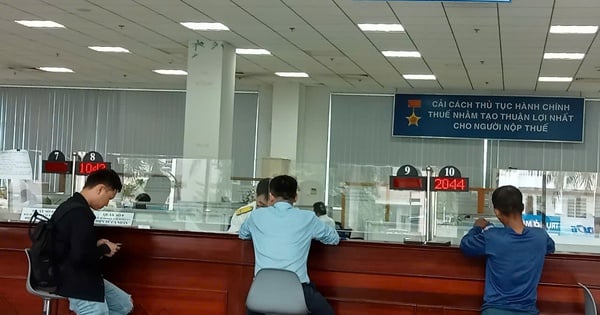








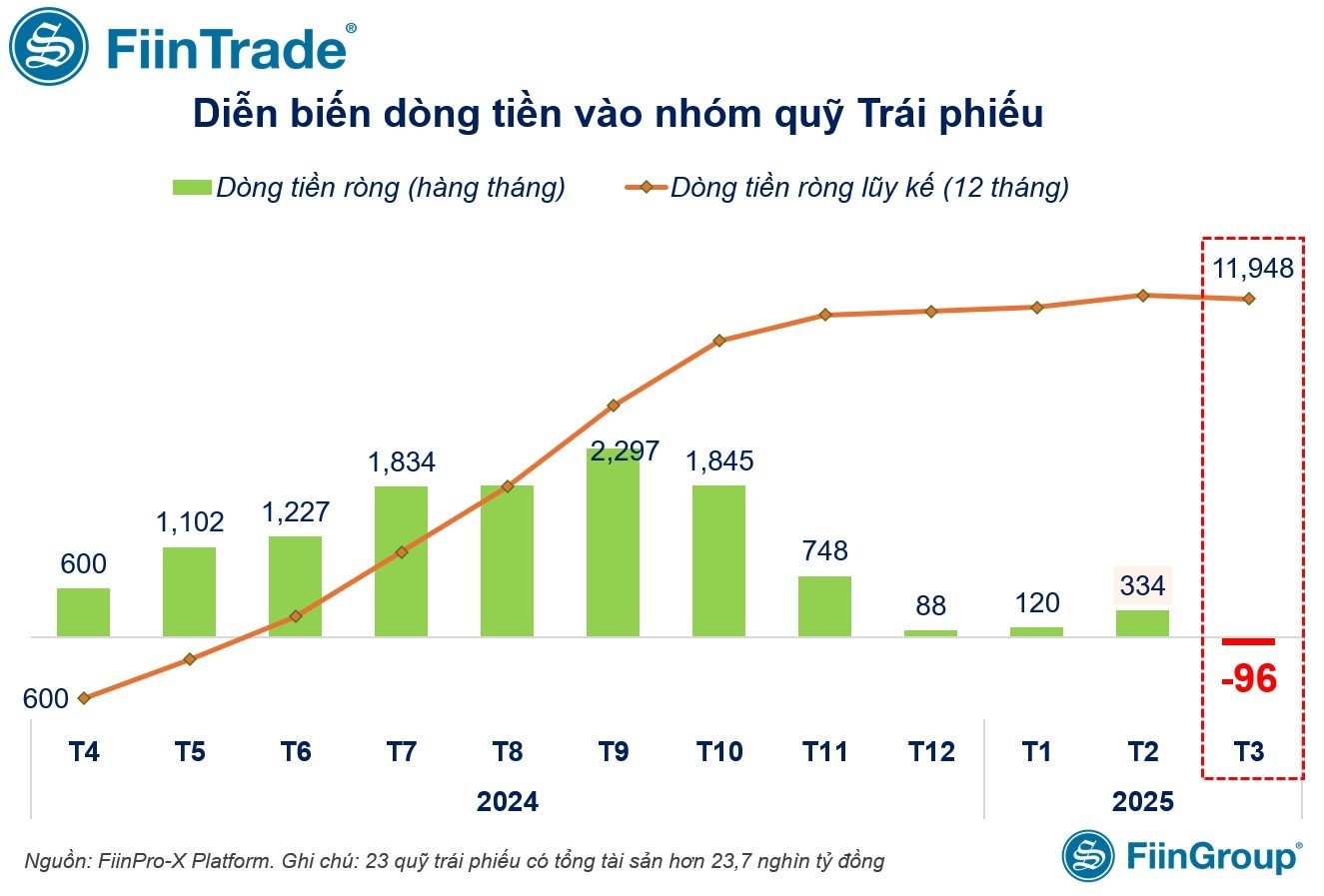





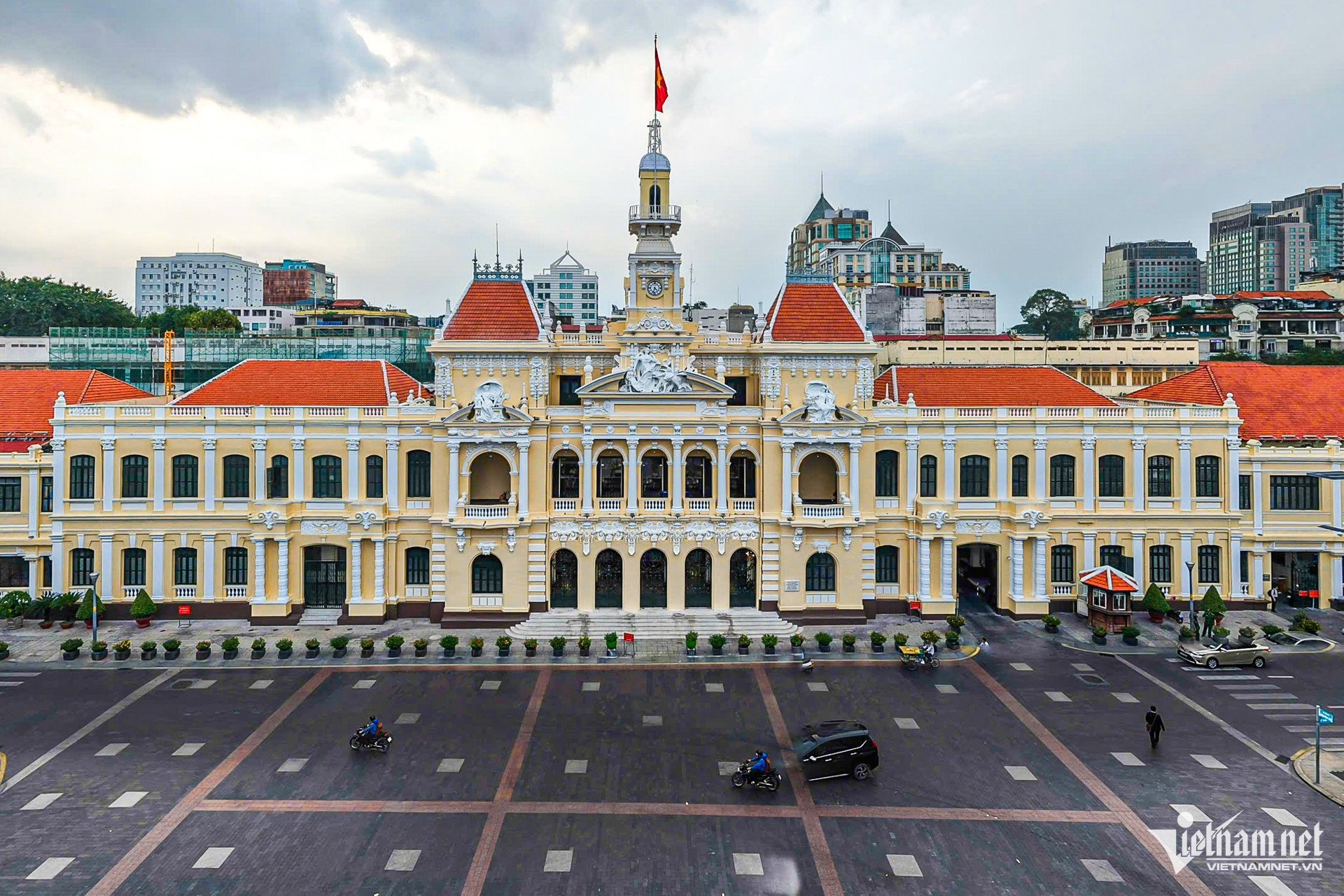







































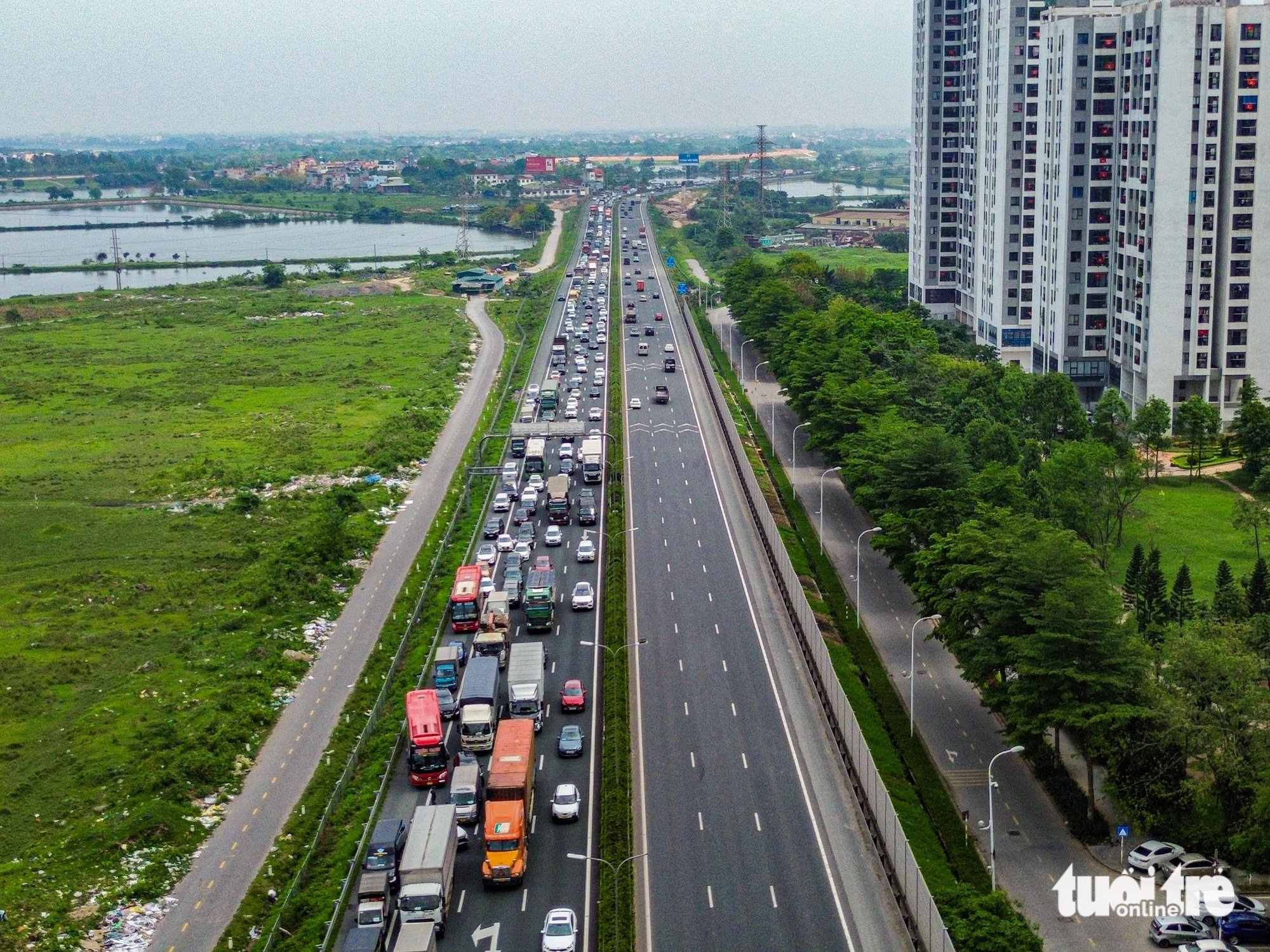








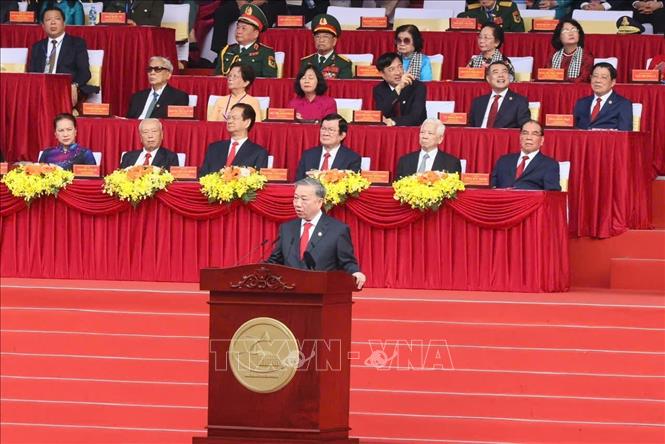











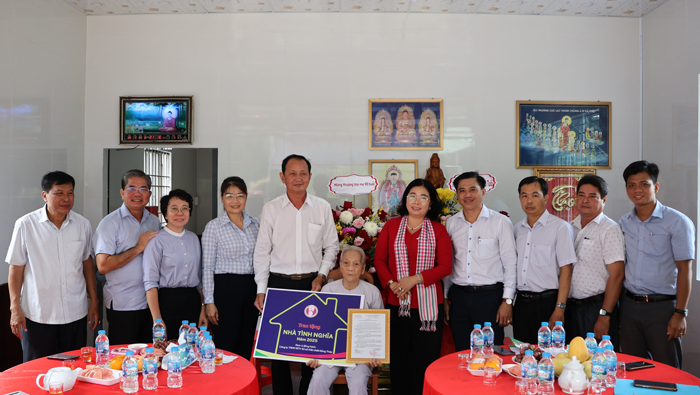










Comment (0)